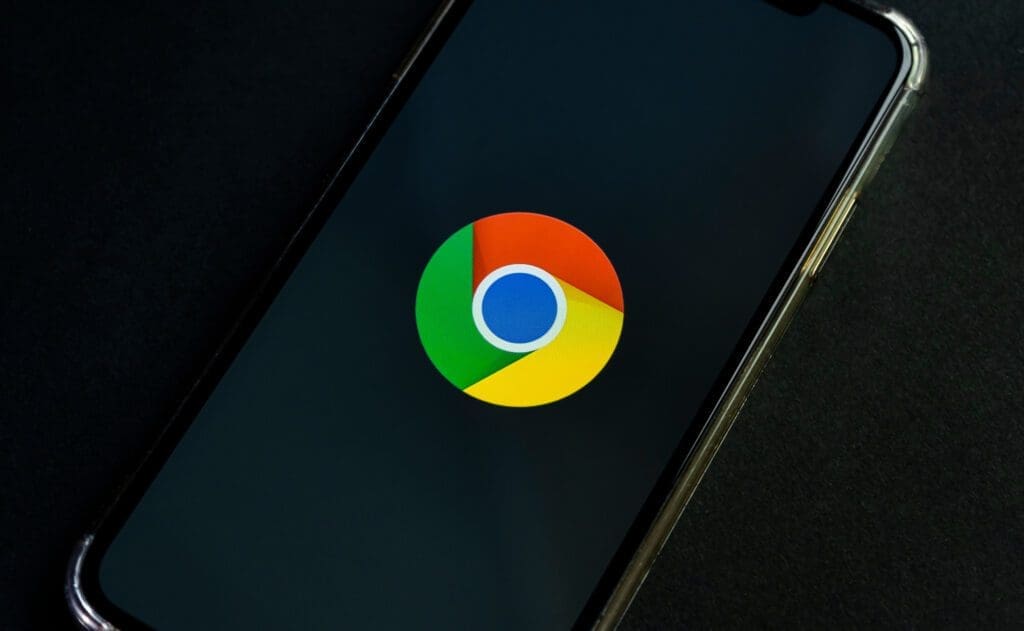Here’s the latest on what you need to know regarding Widevine DRM CDM for browsers-
Google recently contacted companies with a heads-up that the current Widevine Content Decryption Module (CDM) for browsers will stop working soon as they look to push an update.
The CDM is the secure closed-box environment that handles digital rights management (DRM) restrictions and decryption of the content.
Before denying access to the current CDM, Google will start rolling out the new version of it, with Google’s Chrome browser leading the way.
However, other Chromium-based browsers that include the Widevine CDM for DRM-protected video playback, like Microsoft Edge or Opera, still have to wait a few more weeks before receiving the update from Google.
The result of this means that the old version of the CDM will cease to work over the next month or so after all browsers have the updated version.
Updated CDM implementation timeline
We’ve detailed the timeline in our graphic below and added additional context to paint a clear picture of what’s happened already, what’s happening now, and what’s coming over the next few months.

September 29th, 2022
– Google initiated the updated CDM rollout by releasing it on Chrome’s experimental Canary channel
October 25th, 2022
– Chrome 107 will be released in the stable channel and will include the new CDM
November 15th, 2022
– The new CDM will be released on all other Chromium-based browsers like Edge or Opera for M95 and above
December 6th, 2022
– Older CDM versions will be revoked and deactivated and cannot be used any longer
Why does this matter, and which platforms are affected?
To cut to the chase in giving you the plain and simple answer: viewers will not be able to stream their favorite content on the most widely used browser in the world.
After December 6th, your users may come into issues playing any content protected with the Widevine DRM in Chrome and Chromium-based browsers if they have yet to update their browsers.
The good news is that many browsers contain auto-update mechanisms, but it is worth remembering that not all users regularly upgrade if given a choice.
Google indicates that this will affect desktop browsers only, with no mentions of Chrome for Android, Android native apps, or other devices like LG WebOS or Samsung Tizen SmartTVs.
In fact, there have also been hints that this change mainly affects Windows platforms. So this should help you breathe a bit easier.
What can you do to prevent any issues?
It’s our position that we’re all best placed to be aware and prepared.
We are all in a fortunate position as no code changes within your app or player upgrades are needed.
However, depending on your user’s update preferences, you may very well see increased error rates in your playback analytics and possibly more tickets coming into your customer service system than usual.
An additional recommendation to consider is that you ensure your support team is aware of the upcoming potential issue and has pre-written responses prepared well in advance that they can utilize to respond accordingly and quickly.
Additionally, it may be in your best interest to notify your users through multiple channels that are available to you (social, email, in-app).
This way, your audience will be informed of this upcoming change, can make the necessary adjustments if needed, and hopefully won’t feel the need to associate or relate any bad viewing experience to your platform.
Until the next update or if there are more developments on this topic, happy streaming!




